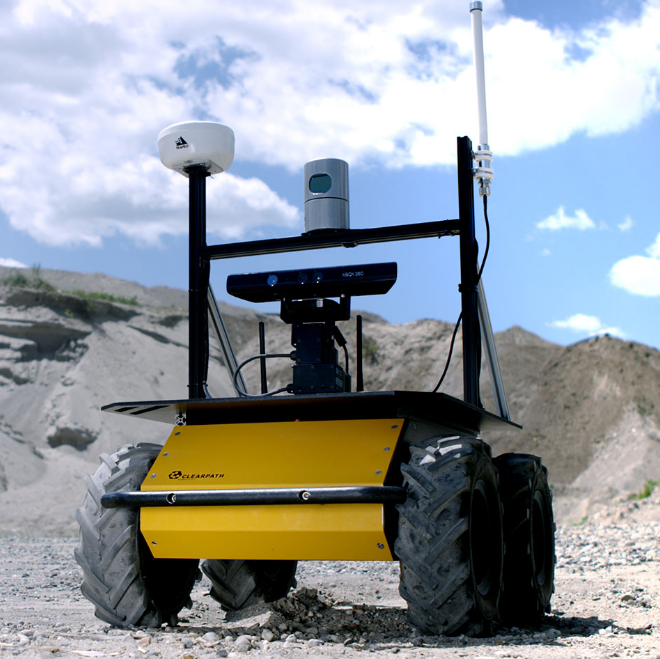optimizeTEB 的流程就是循环几次下列操作(多次图优化):
- teb_.autoResize() 在外循环里
- buildGraph函数;
- optimizeGraph 内循环就是g2o的optimize函数的参数
- computeCurrentCost函数(目前的图优化的花费,只在最后一次外循环时进行一次)
- clearGraph函数;
1 | bool TebOptimalPlanner::optimizeTEB( int iterations_innerloop, |
optimization_activate
外部循环通过调用
autoResize()来根据时间分辨率调整轨迹,应根据CPU的控制速率要求来定内部循环调用
optimizeGraph()进行优化,内部循环的时间经过实验2-6次足够最后调用
computeCurrentCost()计算轨迹花费,将图中所有边的error的平方和构成cost
autoResize
一般不要用快速模式,也就是要进行100次外循环1
2
3
4
5
6
7
8
9
10
11
12
13
14
15
16
17
18
19
20
21
22
23
24
25
26
27
28
29
30
31
32
33
34
35
36
37
38
39
40
41
42
43
44
45
46
47
48
49
50// iterate through all TEB states and add/remove states
void TimedElasticBand::autoResize(double dt_ref, double dt_hysteresis,
int min_samples, int max_samples, bool fast_mode)
{
bool modified = true;
// 确保不会get stuck in some oscillation, 因此最大100此循环
for (int rep = 0; rep < 100 && modified; ++rep)
{
modified = false;
// TimeDiff connects Point(i) with Point(i+1)
// TimeDiff return timediff_vec_.at(index)->dt();
for(int i=0; i < sizeTimeDiffs(); ++i)
{
if(TimeDiff(i) > dt_ref + dt_hysteresis && sizeTimeDiffs()<max_samples)
{
//ROS_DEBUG("teb_local_planner: autoResize() inserting new bandpoint i=%u, #TimeDiffs=%lu",i,sizeTimeDiffs() );
double newtime = 0.5 * TimeDiff(i);
TimeDiff(i) = newtime;
// 时间差太大,插入一个元素
insertPose(i+1, PoseSE2::average(Pose(i),Pose(i+1)) );
insertTimeDiff(i+1, newtime);
modified = true;
}
// only remove samples if size is larger than min_samples.
else if(TimeDiff(i) < dt_ref - dt_hysteresis && sizeTimeDiffs()>min_samples)
{
//ROS_DEBUG("teb_local_planner: autoResize() deleting bandpoint i=%u, #TimeDiffs=%lu",i,sizeTimeDiffs() );
if(i < ((int)sizeTimeDiffs()-1))
{
// 时间差太小,合并 i 到 i+1
TimeDiff(i+1) = TimeDiff(i+1) + TimeDiff(i);
deleteTimeDiff(i);
deletePose(i+1);
}
else
{ // last motion should be adjusted, shift time to the interval before
// 合并 i 到 i-1
TimeDiff(i-1) += TimeDiff(i);
deleteTimeDiff(i);
deletePose(i);
}
modified = true;
}
}
// 如果是快速模式则结束,也就是rep<100不起作用
if (fast_mode) break;
}
}
这里其实是动态对initTrajectoryToGoal中建立的弹性带进行调整,不能让位姿点和deltT太密集,也不能太稀疏。min_samples和max_samples就是一组限制条件,dt_ref 和 dt_hysteresis是另一组
